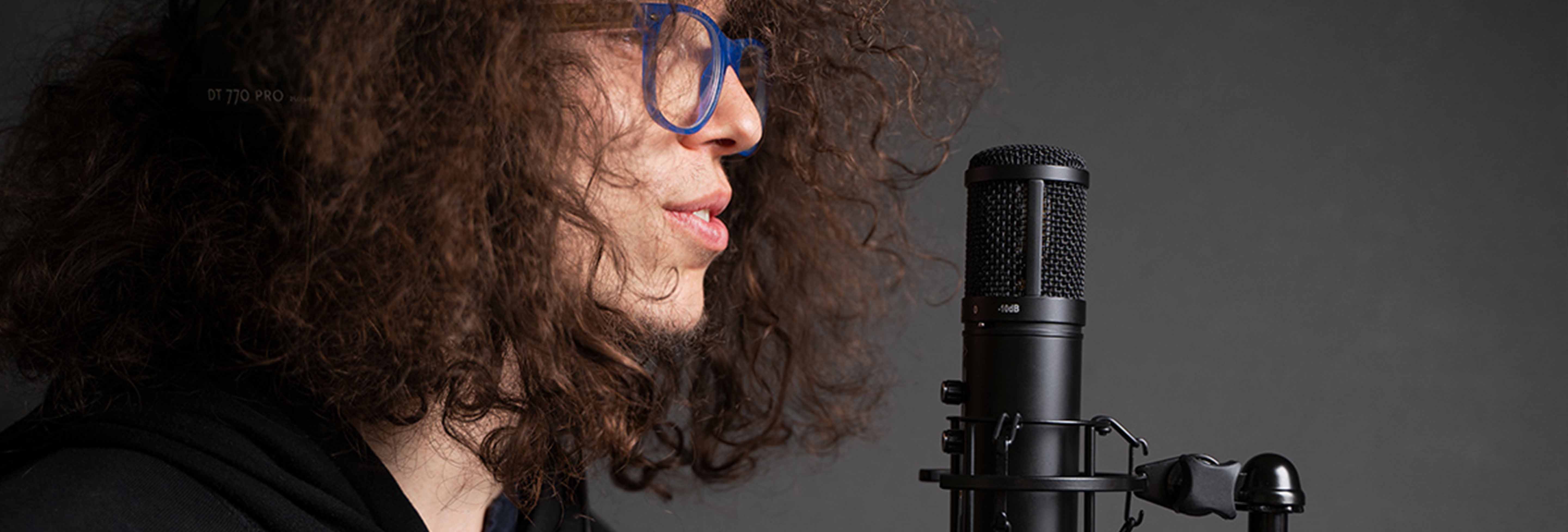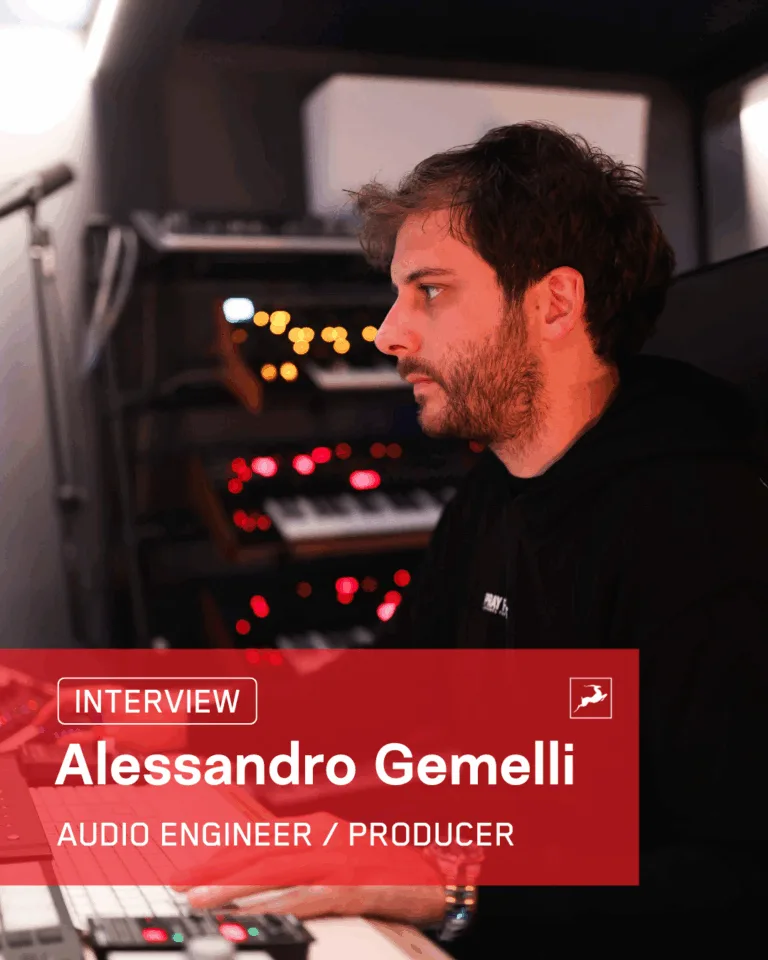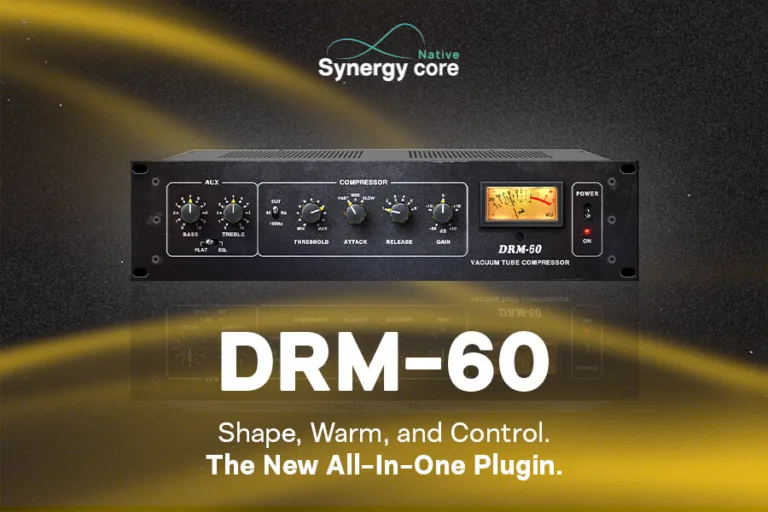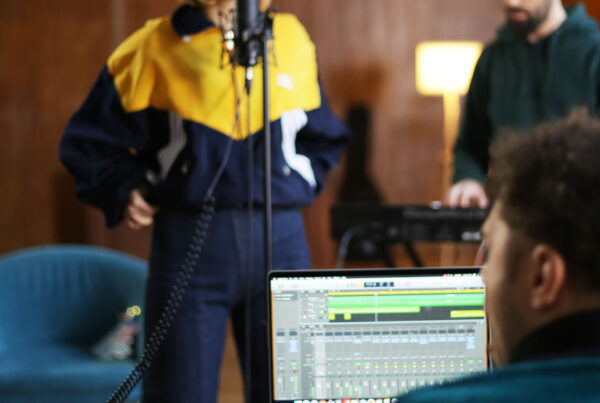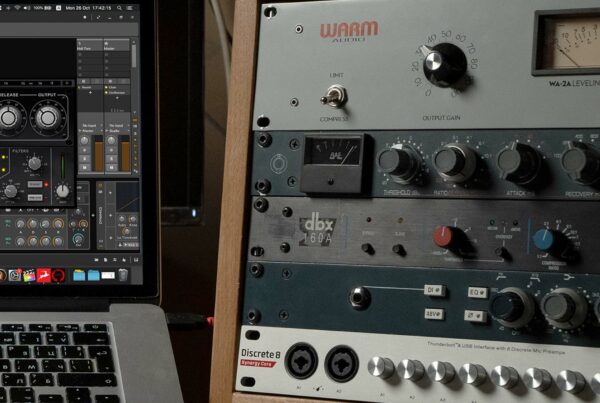Whether you’re a musician, podcaster, vlogger, streamer, or someone who does online meetings (that’s everyone, right?), your setup starts with a microphone, a computer, and something to connect the two. Choosing the right audio interface and microphone and “choosing the right audio interface” to be the anchor! But as of recently, another strong option is to get a microphone you can plug straight into your computer: a USB microphone. In this blog post we look at the differences and consider why you may wish to go for one or the other. Here goes!
USB versus XLR
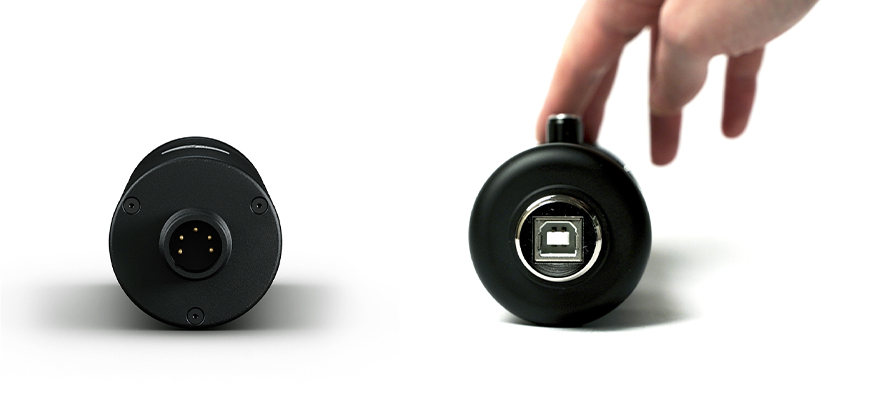
The principle of microphone recording hasn’t changed since the advent of digital recording. The microphone’s tiny electrical signal has to be magnified by a preamplifier, which is then sampled at a certain rate and resolution to create a digital signal. Finally, this signal is wrapped in the right type of packages and sent to the computer. With the exception of certain professional situations, all these jobs are carried out by a single device: the “audio interface”. Plug in a microphone in the XLR input, and you’re good to go.
Taking it one step further, a digital microphone contains all these components inside its body: preamp, converter, and interface. It has the obvious advantage of plugging right into your computer’s USB port, without the need for any other hardware. So are USB microphones the way of the future, or should you still get a traditional XLR microphone and separate audio interface? As always: it depends.
Quality
USB microphones are on the rise, and range from entry-level consumer devices all the way to serious professional hardware. In that sense, everything from the microphone capsule over the preamp to the converters spans the same quality range as the separate counterparts. You can easily get a USB mic that’s just as good as an XLR mic + audio interface combo, and probably at a lower price. Yes, the preamps and converters in cheaper models will be less than fantastic, but then the microphone itself will not be that great either.
If you require high sample rates and bit depth, make sure to check the technical specifications. Entry level USB microphones will not go up to 192 kHz / 24 bit, for instance. But beware: there are excellent 48 kHz converters and poor 192 kHz converters, so it really is about more than just the number.
Simplicity

In terms of user-friendliness, the plug-and-play workflow of the USB mic is obviously hard to beat. While many come with software to allow a bit more configuration, the class-compliant USB connector means that it will work right out of the box without any installation or tweaking.
In contrast, the audio interface option will have far more parameters to get right, and consist of several components. This also means that when there is noise, distortion, or no sound at all, you’ll have to figure out whether it is a microphone, cable, preamp, converter, or interface problem. In the case of the USB microphone, well, it will either work or not work.
Portability
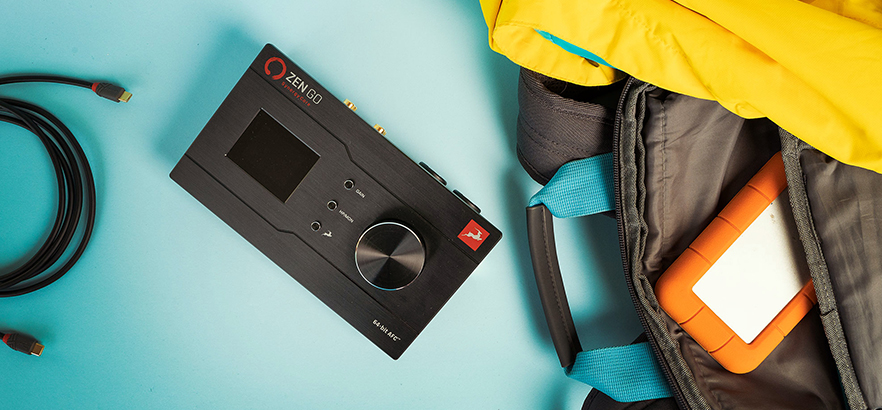
This is where the USB mic option really shines. Even experienced engineers and gearheads will admit that carrying and setting up all the parts of a recording rig can get tedious: interface, XLR cable, maybe a power supply… All of these are built into the housing of a USB microphone. You would still want to bring a stand or mount and a pop filter, but your laptop-based setup will not get more compact than this. So whether you are travelling, working in different places, or concerned about desk space and style, getting a USB microphone is a big win.
Cost
Comparing the cost of the USB versus XLR option is tricky as the microphone itself, preamp, converter and so on will likely always be different in quality and functionality. But as a general rule, the USB microphone will be cheaper than an equally good microphone plus interface – you get a package deal. Do the test: pick a USB mic you like and try to find an equally good microphone. The price difference will hardly cover the cost of a decent interface!
Connectivity
These days, USB mics almost always feature a headphone output, so the USB cable is effectively a two-way street. Don’t worry too much about whether it has a USB-A or USB-C connector at the end, and just get the cable or converter you need for your computer. But in terms of connectivity options, that’s it!
In the audio interface world, the possibilities are practically innumerable. They come with any number of microphone inputs, line-level inputs, Hi-Z instrument inputs, outputs for monitoring or outboard processing, and sometimes MIDI in and out. Some interfaces can be paired with other devices to expand channel count.
These options are essential when you have to record the occasional ensemble, drum kit, or hardware synth. But they will also become necessary as soon as you ever have a guest on your podcast, or want to record so much as one guitar and one voice simultaneously.
“Wait a minute, can I not just connect two USB microphones to the same computer?” Yes, you can. But aside from taking up more ports, it also cancels out much of the cost and simplicity advantage. Even then, simultaneous multitrack recording may not be possible with your particular software configuration.
When shopping for audio interfaces, you will likely come across some non-USB options too. The goal of these alternatives is usually to support throughput of a larger number of high-resolution channels, ultra-low latency, networking, or slightly lower power consumption. But for most purposes, USB is pretty great! It is universally supported (that’s why they put the U in there), it’s here to stay, and if we’re talking about low channel counts there is basically no question.
Modularity
One of the great things about having a separate device for each task is the flexibility it affords. You could use your microphone in a live setting, borrow a fancy preamp, or put a piece of outboard gear in between – from a classic compressor to a quirky stomp box. Another advantage of the XLR mic approach is that you always have the option to upgrade a single component: a classic preamp, a really good converter, a better or different microphone.
Make no mistake: a USB microphone does exactly one thing in one way. With the exception of the rare USB/XLR hybrid microphone, it will only work for direct-to-computer recording applications. And if you want to upgrade, you upgrade everything.
On the other hand, if you want real-time, hardware-powered DSP processing, that is available in USB mics as it is in audio interfaces. So in both cases, it’s already possible to live-stream or video-conference with instant mic modelling, compression and EQ. Even with recording, you could lay down the track complete with effects – we respect people who show that kind of commitment in this “fix-it-in-the-mix” era!
Similarly, you’ll find USB mics as well as audio interfaces with features such as loopback (for streaming or recording an application’s audio), personal monitoring (control the relative level and processing of your own voice versus the computer output) and configuration of everything from level over pickup pattern to sample rate.
Our verdict
If one of the areas above is make-or-break for you, you’ve already made up your mind. But if you are not convinced yet at this point, allow us to make a pretty confident recommendation here.
Are you a music producer, engineer or podcaster looking to grow a home studio? Then get an interface and start out with one decent all-rounder microphone. It may be a little more expensive at first, but as a single USB microphone is too limiting you will eventually spend more, not less. Even if you have only ever recorded a single voice at a time, before you know it you’ll have a guest on your podcast, borrow a fancy microphone, record a synth… and you’ll need that interface anyway. With an interface, you leave the door open for a piecewise upgrade and expansion of your studio: new preamps, new converters, more microphones…
Are you only doing video conferencing, live-streaming, vlogging, or strictly singing? Then a USB microphone will get you a good, reliable performance, in an affordable and compact package. Quality and features shouldn’t be a blocker, even if you need real-time processing or loopback from an application.
Our overall finding is that today, you can get USB microphones that are every bit as good as an equivalent XLR microphone plus USB interface for the same price, and usually cheaper. The differences in hardware and software have become very subtle to non-existent, and all that remains is the form factor and connectivity.
The real question is whether you want to be able to record more than a single voice or acoustic instrument. Chances are you will be in one camp or the other, and that will decide it for you.
Case study: Axino Synergy Core vs. Zen Go Synergy Core + Edge Solo
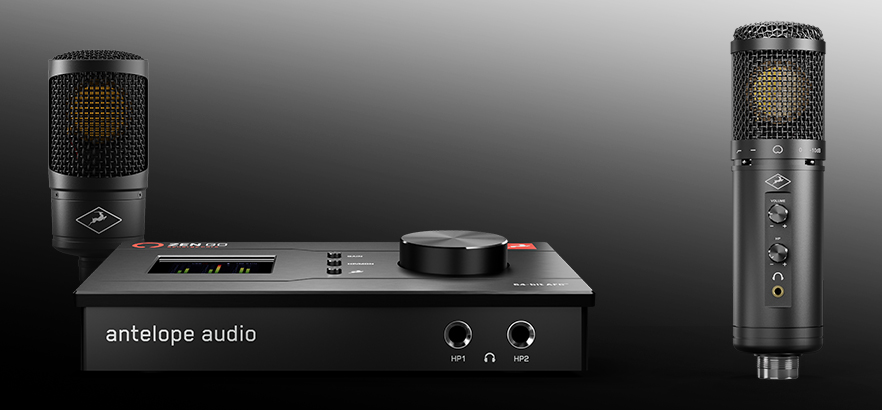
Let’s have a look at a practical example. To get started with a single mic setup, you could consider our Axino USB microphone, or a combination of the Zen Go audio interface with the Edge Solo modelling microphone. In this case, the USB microphone route is actually cheaper.
The two options are comparable in quality, and both come with microphone modelling, hardware-based effects from the Synergy Core FX library, loopback for streaming, and power over USB. Of course, the Zen Go is a pretty powerful audio interface with monitor outputs, two headphone outputs, and two microphone inputs which can also be used as line-level or Hi-Z inputs, so it serves a larger audience than just the single-mic crowd.
The Axino Synergy Core is incredibly attractive for recording one source at a time (such as a voice, or maybe the occasional acoustic instrument). If you want to be ready for multi-person podcasts, recording guitars, and more, the Zen Go Synergy Core paired with the Edge Solo is an excellent starting point.


